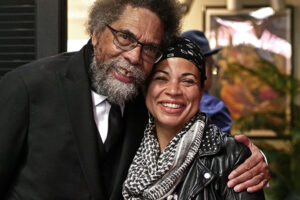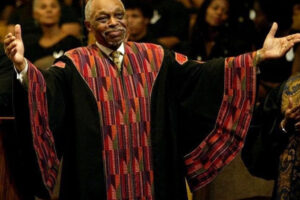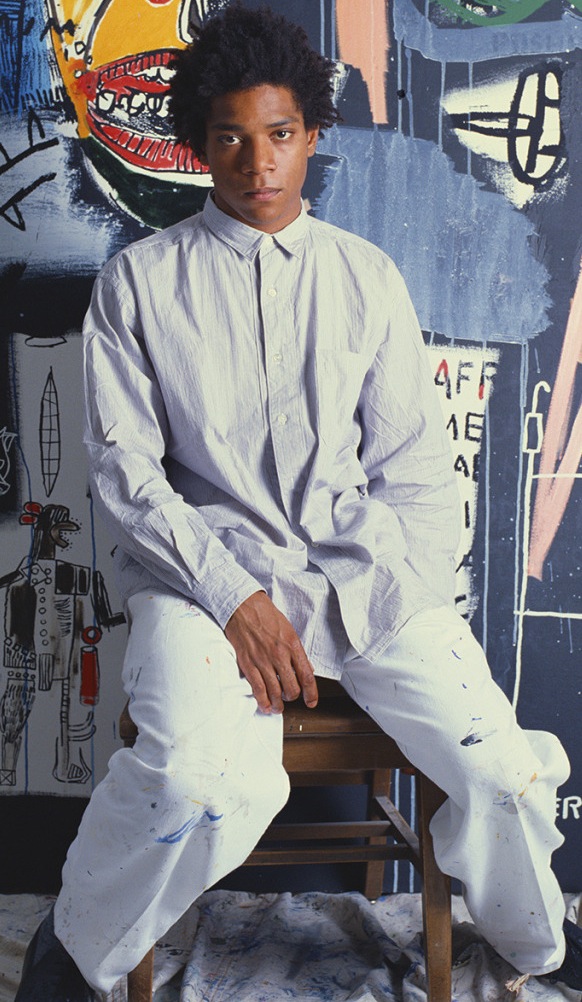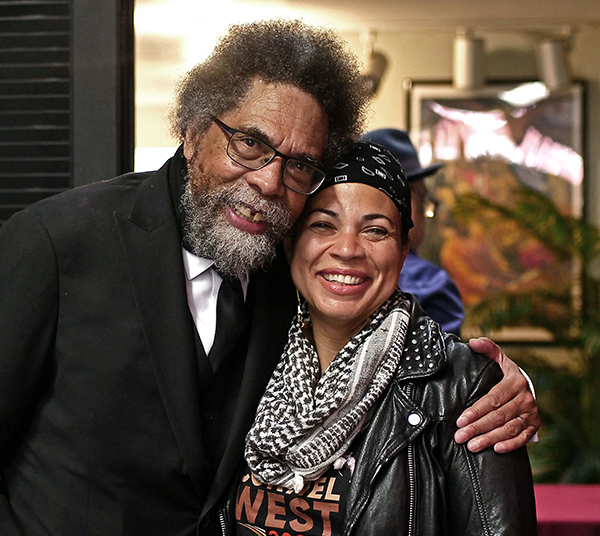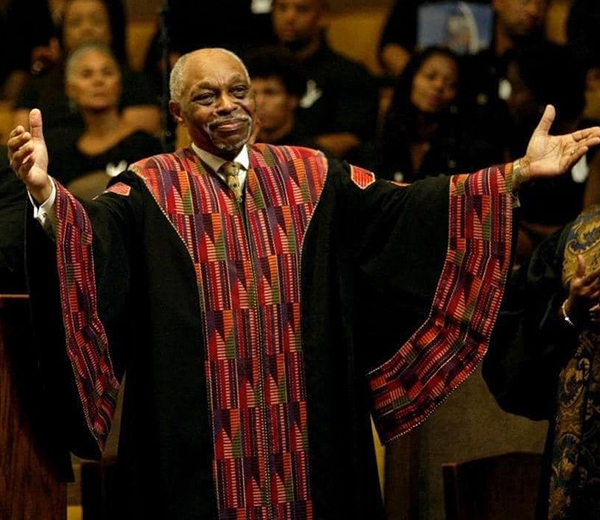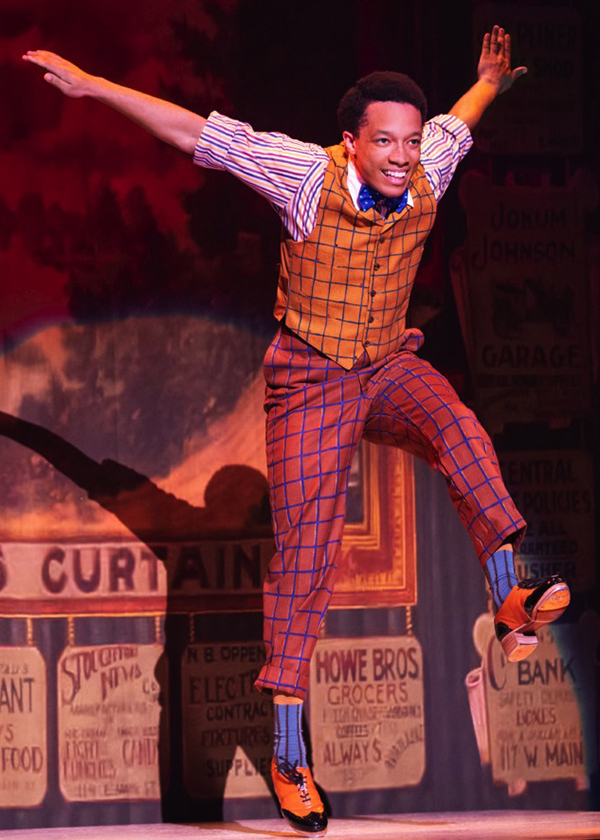By Darlene Donloe
Contributing Writer
LOS ANGELES — Artist Jean-Michel Basquiat reveled in doing it his way.
He made a name for himself by essentially coloring outside the lines, a feat that saw him quickly rise to prominence in the art world in the 1980s with his avant-garde, free-style painting.
Basquiat first attracted attention for his graffiti under the name “SAMO” in New York City. He sold sweatshirts and postcards featuring his artwork on the streets before his painting career took off.
By the age of 20, his unconventional take on art, part of the neo-expressionism movement, was already turning the art world on its head as it quickly grew in popularity, making him one of the hottest and most intriguing artists at the time — right alongside the likes of Andy Warhol with whom he collaborated.
Even after his untimely death from a heroin overdose in 1988 at the age of 27, admiration for the pioneering painting prodigy’s unique quality of work continued to grow amongst his fans and inquisitive art enthusiasts.
Today, the name Basquiat continues to elicit amazement, wonderment, respect and questions about the man whose life outside of art remained somewhat of a mystery — until now.
The personal side of the influential artist and how he lived, is being told through the exhibit, “Jean-Michel Basquiat: King Pleasure,” currently on display at The Grand LA in downtown Los Angeles.
“King Pleasure” is the title of a painting created by Basquiat in 1987 and the name of a bebop-loving bartender turned jazz vocalist whose first hit, in 1952, “Moody’s Mood For Love,” catapulted him to fame.
What makes this exhibit stand out is the familial inclusion. It’s being told by the people who knew Basquiat better than anyone, his two younger sisters, Lisane Basquiat and Jeanine Heriveaux, co-executive producers and curators, in collaboration with Ileen Gallagher and ISG Productions Ltd.
“The exhibition provides a window into Jean-Michel’s life and influences,” Gallagher said. “Rather than just showing the artwork in a white-walled environment, the exhibition contextualizes his work so that visitors can have a deeper understanding of the many sources that Jean-Michel incorporated and understand it on a deeper level. The exhibition also creates an emotional connection to the man himself.”
Basquiat’s contributions to the history of art and his examinations of multilayered cultural phenomena — including music, the Black experience, pop culture, Black American sports figures, literature and other sources — are showcased through immersive environments providing rare insight into the late artist’s innovative life and his singular voice that drove a social and cultural narrative that continues today. Part of the art world elite, his frenzied, revolutionary paintings with themes of race and self-identity still echo today.
“Aesthetically, Jean-Michel’s color palette and quality of drawing look and feel as contemporary as when he made the paintings many years ago,” Gallagher said. “While a lot of imagery looks simplistic, once you delve in, it is rich with references from art history, world history, music, books, movies and cartoons that are relatable to viewers.”
The exhibition, which debuted in New York in April 2022, features substantial content that includes more than 200 never-before and rarely seen paintings, drawings, ephemera and artifacts, all from the family’s estate, as well as recreations of his New York artist studio on Great Jones Street, the Basquiat family home, and the Michael Todd VIP Room of New York City’s iconic Palladium nightclub, for which Jean-Michel created two large scale paintings.
It details and sheds light on not only Jean-Michel’s life in New York but also his time spent living in Puerto Rico as a child, his travels to the Ivory Coast and his time working in Los Angeles and at his Venice Beach studio. He reportedly lived in Los Angeles for about a year and a half between 1982 and 1984.
For five years, his sisters, now in their 50s, reportedly went through their brother’s photographs, drawings, paintings, VHS movies, African sculpture collection, toys and memorabilia to curate the exhibition of his short life and monumental work. The familial aspect of the sisters who share intimate details of their big brother’s life provides a more personal touch to the exhibit that allows attendees to get inside the head of a master craftsman.
Although it’s organized non-linearly, the show, probably the most detailed personal portrait of his development, is a timeline of Basquiat’s life and career, starting with 1960, the year he was born. The four gallery spaces, arranged by concept and theme, speak to a different element of the artist as a flesh and blood man.
“His subject matter continues to resonate with viewers because he is a chronicler of the world and the human condition, particularly of Black people, addressing issues that have not changed in the 30-plus years since his passing,” Gallagher said.
The exhibition, produced by the Estate of Jean-Michel Basquiat, is sponsored by Citi. VICE and Arper are also participating sponsors.
Tickets are available at kingpleasure.basquiat.com and TodayTix has been announced as the exclusive rush ticket partner.
“Jean-Michel Basquiat: King Pleasure,” is on display through Oct. 15 at The Grand LA, 100 S Grand Ave. Hours are 11 a.m. to 6:30 p.m. Mondays, Wednesdays and Fridays and 10 a.m. to 6:30 p.m. Saturdays and Sundays. Admission is $32 during the week and $35 on weekends; a $65 VIP ticket lets you visit any time of day. Information: www.thegrandla.com.
Darlene Donloe is a freelance reporter for Wave Newspapers who covers South Los Angeles. She can be reached at ddonloe@gmail.com.

